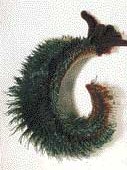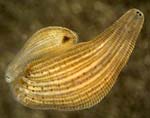Impact of climate change on Harvard Forest soil microbes
The Earth’s climate is warming, causing both biophysical and biogeochemical feedbacks to the climate system. Increasing temperature seems to alter the way soil organic matter (SOM) is processed, causing the carbon stored in soils to transfer to the atmosphere. Though soil microbes are major drivers of soil carbon cycling, the process by which temperature affects… [Read More]

